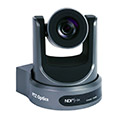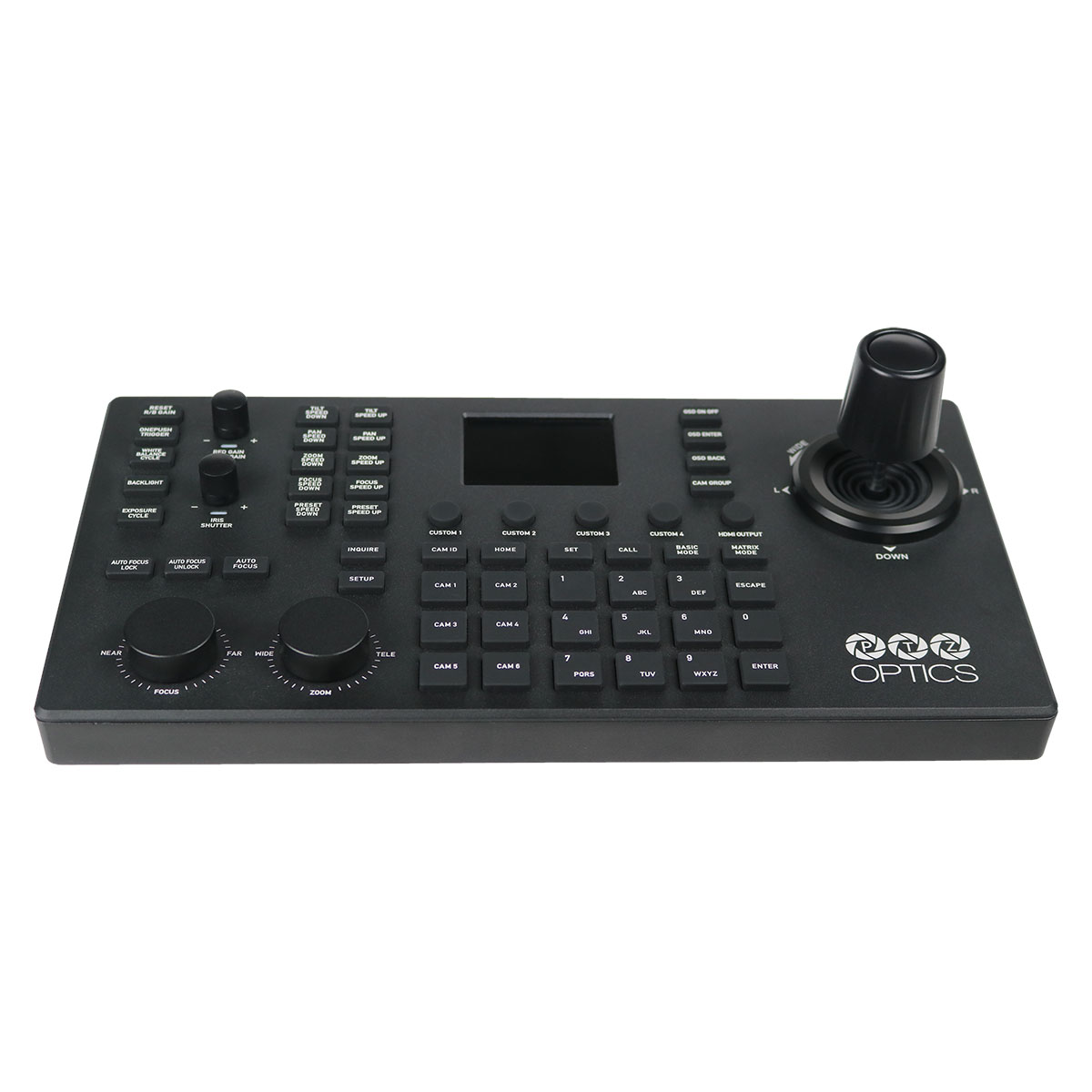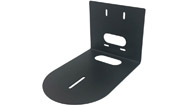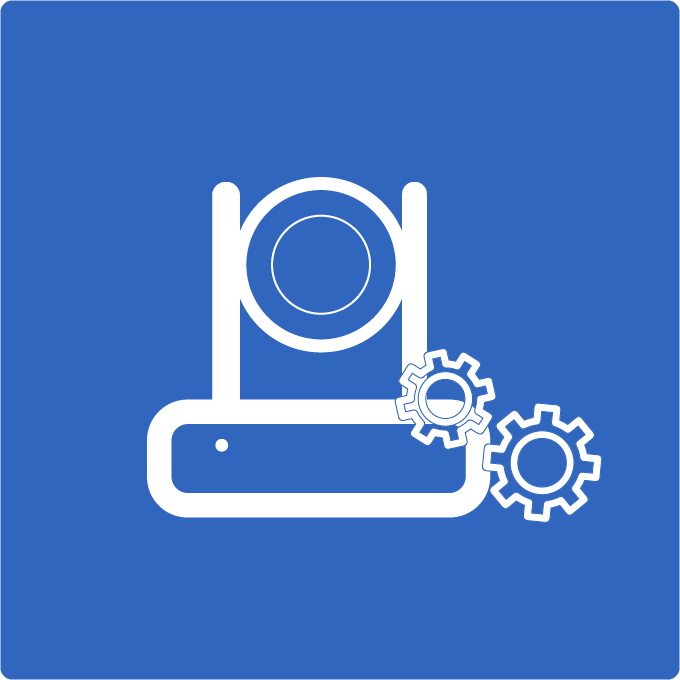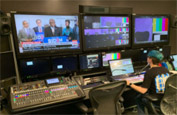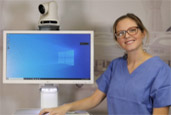Worship Summit Live 2020: Sound is Essential for Streaming [Slideshare]
Worship Summit Live 2020 had a wide selection of offerings about church video. However, one session on sound really stood out. Even the greatest video production will fall flat if the sound quality is low or detracting. Excellent audio is critical both in the worship space and on the live stream. Dr. Barry Hill is the author of “Mixing for God,” and the director of the Audio and Music Program at Lebanon Valley College of Pennsylvania. He spent an hour during the summit showing how anyone can improve the sound quality at their church and on their live stream. Dr. Hill shared a list of things we can keep in mind whether we are a brand new volunteer or even an experienced audio professional helping others to learn best practices for audio. Here are some of the points he shared.
Barry’s presentation starts off by challenging you to improve your church’s audio system. In this video, you will learn about connecting microphones, stage boxes, using power amps and optimizing your main and stage speakers. If you are a volunteer or expert in audio production for your church you will learn about working an audio mixer and learning about mic preamps, aux sends and master aux outputs. The video outlines how microphones can be connected with stage boxes using a digital audio mixer or an analog XLR snake. After overhauling his own church’s audio system Dr. Hill has also visited many churches who seek help in making the audio produced in their churches better. At his own church, Barry uses a digital audio mixer and he explains why he chose a Yamaha TF.

1. Playing Chess on a Console
Chess masters can look at a chessboard and instantly see exactly what is going on. For the rest of us, we might see a bunch of different pieces. And that is often the experience of many church sound volunteers or even staff members who find themselves mixing worship services. The console, to many, is just a bunch of knobs and buttons. It is crucial that sound operators are given a mental model that helps them understand the basics of how the sound console and the overall sound system work.
2. Know the System
Knowing the overall audio system is critical for setting things up for worship services. But it is also essential for dealing with problems and last-minute changes that may arise. Part of the job of sound operators is to deal with unexpected issues. Something that may have worked every Sunday morning for years may suddenly stop functioning. Or, a last-minute change requires a different configuration. Figuring out how to deal with that issue becomes an essential job since these types of problems need to be fixed quickly. For this to be possible, operators must have a solid understanding of how the components work together. Creating a system diagram can go a long way in helping people better understand and deal with issues.
Barry uses DANTE to send and receive audio across his churches LAN (Local Area Network) yet he does not recommend DANTE to everyone. Barry’s setup may seem complicated with a Dante console an Aviom distributor because all of the sources need to be mapped to the console. But from a future-proofing and installation stand-point, you learn that stage connections have both XLR and CAT5 options making the patch bays in the amp closet easier to route. At the New Covenant Fellowship Church, Dr. Hill outlines the entire wiring diagram created for video and audio. Documenting everything is important if you plan to give responsibility for operating the system to a volunteer. In this video, you will learn about EQ.
Some simple tips about the controls include user-selectable center frequencies, bandwidth control (Q) and the ability to boost/cut amplitudes. Audio compression is reviewed and he stresses that it is the least understood audio processor. Again, simple techniques and strategies are reviewed for using threshold, ratio, attack, release and output gain for audio compression. Reverb is another important option reviewed for church audio systems. Stage volume and speaker monitor placement is another common issue with many church production systems. Barry reviews this in detail and helps us understand how to replace stage monitors with personal mixers and in-ear headphones. The entire presentation is available in our “Helping Churches Live Stream” UDEMY course here – https://www.udemy.com/course/church-streaming/learn/
3. Document Everything
It is vital to have everything about your audio system down on paper. This documentation is essential for daily operation and even more critical for troubleshooting when problems arise. This material should include a “big picture” design that shows how the overall system works together. Console I/Os, patch bays, auxiliary mixes, stage connections, computer setups, software configurations, routing, and other aspects should be documented. It is also a great idea to invest a high-quality label maker like the Dymo Rhino 5200, which has the presets and capabilities to handle a wide range of cables and other applications. Label everything.

4. Know Your Tools
Today’s consoles and software offer powerful controls to help shape and fine-tune the sound. However, they require some amount of education, experimentation, and practice. Before making adjustments with tools like EQ, reverb, or compression during worship services, take some time to learn how these tools work and spend time outside of worship practicing and fine-tuning your skills.
This is just a quick summary of a few of the points Dr. Hill shared during Worship Summit Live 2020.
[xyz-ihs snippet=”Church-Blog”]

